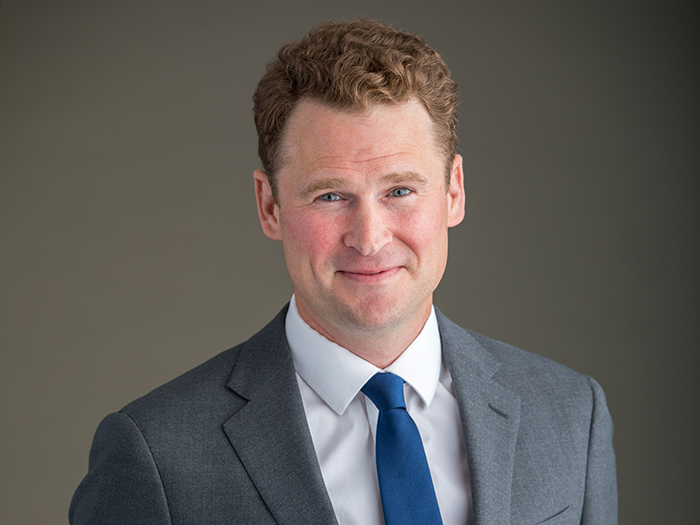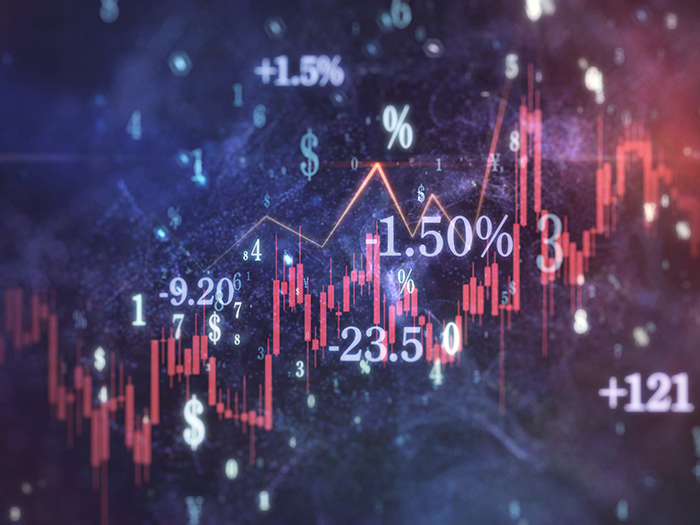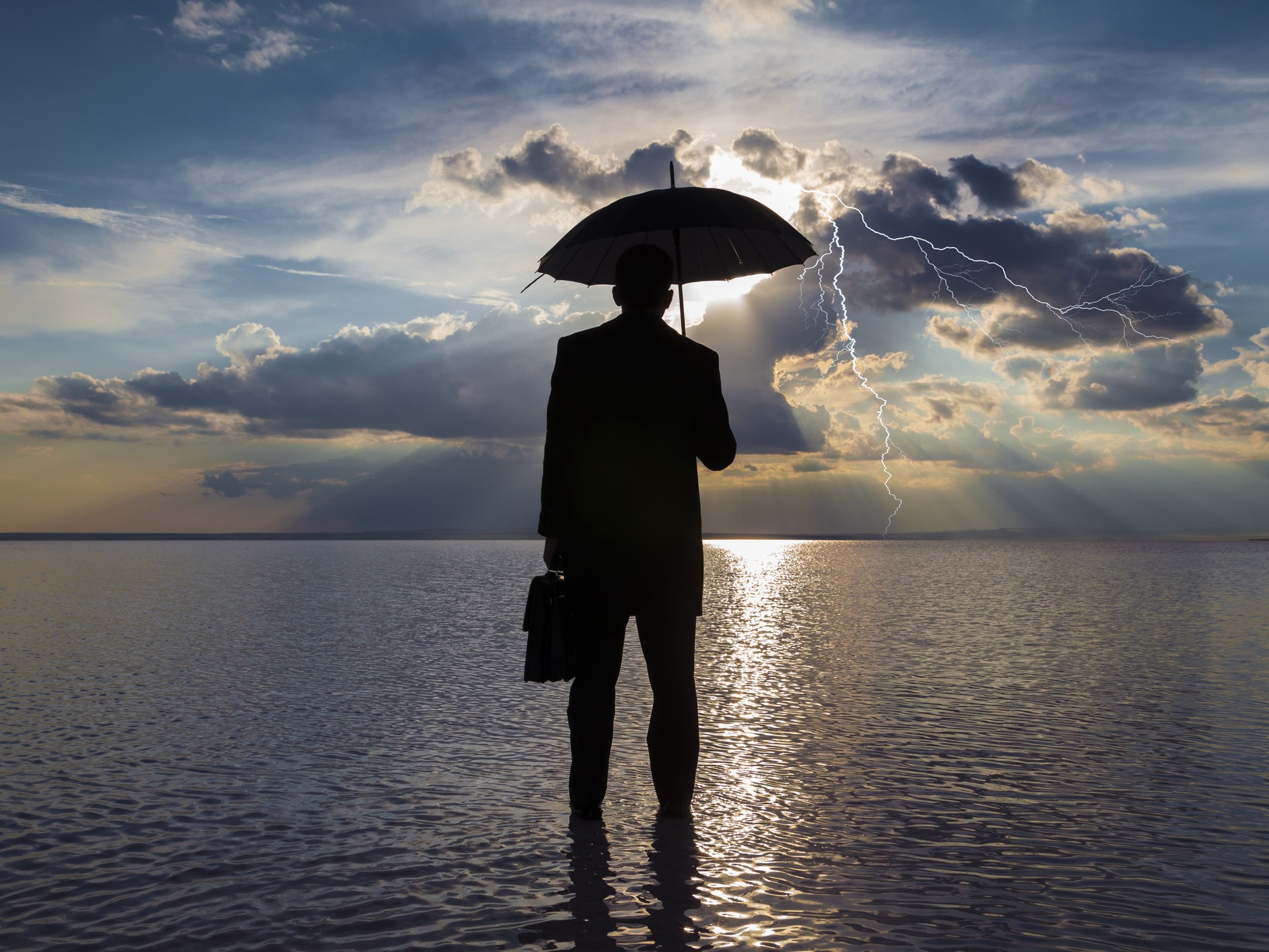5 Questions for HDI’s Dirk Höring

Risk & Insurance recently had the opportunity to speak with Dirk Höring, member of the executive board of HDI Global, about some of the major changes affecting property insurers today: the challenges inherent in the transition to renewable energy, the importance of advances in data modeling and analytics, and more.
What follows is a transcript of that conversation, edited for length and clarity.
Risk & Insurance: What are your primary responsibilities and overarching goals in your current position?
Dirk Höring: I’m responsible for three different lines of business: engineering and construction, marine, and property insurance. This encompasses the underwriting aspect of these lines.
Additionally, I oversee our specific unit called HDI Risk Consulting. So my responsibilities span both the underwriting and risk consulting domains within these key areas of our business.
R&I: What are some of the major trends you’re observing in the commercial insurance industry?
DH: One significant topic for our clients and the commercial insurance industry as a whole is the impending energy transformation. Achieving net-zero emissions will necessitate trillions of dollars in investments in infrastructure and new energy sources, as well as transportation.
This transformation represents a substantial shift in the industry for our clients and is something that we need to address, both as an industry and as a company. The energy transition will have far-reaching implications for the commercial insurance landscape in the coming years.
One of the biggest challenges we face in this transformation is increasing our expertise in the new technologies that come with the energy transformation, such as hydrogen, wind, solar and geothermal energy structures. Learning about the risks and specificities of these new technologies is crucial for both the industry and its insurers.
Hydrogen, for example, requires special protection when its transported. The current investments in LNG [liquefied natural gas] transportation will help with this going forward, but it’s a bigger topic that the industry needs to handle. To replace fossil fuels effectively, hydrogen needs to be readily available at specific ports and times, which is a significant challenge for the logistics industry.
The insurance industry can step in by financing the energy transformation as a significant asset manager, providing capital for new technologies. Additionally, we provide risk capacity for our clients, allowing them to transform safely on their journey by taking some risks off their books.
Lastly, we are in a good position to offer advisory and consulting services on these new technologies. By working with multiple clients across various sectors, we can use our knowledge to improve risk prevention and risk measures across the industry.
R&I: How are climate change and the energy transformation impacting the property and marine insurance spaces, or other lines of business? What trends are you observing, particularly in relation to natural catastrophes?
DH: In recent years, we’ve seen an increasing frequency of natural catastrophe events, coupled with a growing concentration of exposures in vulnerable areas such as coastlines. This poses a significant challenge for the insurance industry as a whole.
Beyond the well-known risks like earthquakes, cyclones, and hurricanes, we’re now witnessing a rise in secondary perils such as hail and floods. These emerging trends are adding to the complexity of the landscape.
Data is a significant driver in improving the modeling of these secondary perils. For instance, satellite images are being used to assess the risk of wildfires by analyzing specific temperatures in forests. However, it remains a challenge and will take time to develop comprehensive models.
As a global insurer, we aim to have a global model that covers wildfires not only in California or America but also in Australia and other parts of the world. This requires data on a global level, which can be difficult to obtain.
Often, local models are developed first and then gradually combined over time to create a larger global view. Despite the advancements in data utilization, modeling secondary perils accurately on a global scale is an ongoing process that will require further development.
R&I: Does the increasing localization of disasters, such as hurricanes and severe convective storms, allow for more focused risk modeling and mitigation efforts in specific areas?
DH: Yes, I think you will see some patterns in specific areas. It’s always twofold for an insurance company. The first thing is where the hazard is located, and the second thing is where your exposure is, meaning the location of production facilities.
Typically, there are specific hot spots that we look at. For example, in the case of earthquakes, you have some exposure in the U.S., Greece, Italy or Japan. The same is true for floods — for example, in Germany — and severe convective storms.
One significant question we face, particularly in the area of natural catastrophes, is whether we are keeping pace with the models and real-world developments. It’s somewhat uncertain how predictive these models are and how well we can adjust to the evolving reality.
This is an area we are aware of and must cope with, but it’s not something I would say is entirely within our control. It’s a challenge that we recognize and are actively working to address.
R&I: Can you give any specific examples of how analytics are being used effectively in property risk management?
DH: We are currently investigating three such examples with the help of our in-house IIOT Campus and their specifically developed solutions. The first is called Leak360 and involves using sensors to detect leakage, particularly in buildings like churches during the week or workplaces during the weekend, when there is a larger exposure due to the absence of people.
The second example is using sensors and analytics to predict when wind turbines need maintenance, allowing for quicker intervention to prevent damage.
The third case is the use of sensors and algorithms to monitor batteries on a minute-by-minute basis, checking for any changes in heat or irregularities. These applications have proven to be relatively effective, and we expect this trend to continue in the future.
At HDI Global, we offer not only risk transfer solutions but also a strong emphasis on prediction and prevention. This proactive approach is a topic we frequently discuss with our clients, as it is a priority for them as well, and we anticipate that this dialogue will continue to be a central focus in our ongoing conversations with clients. &










